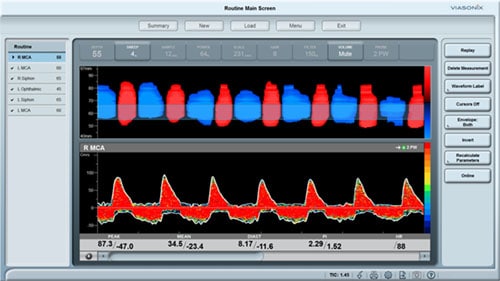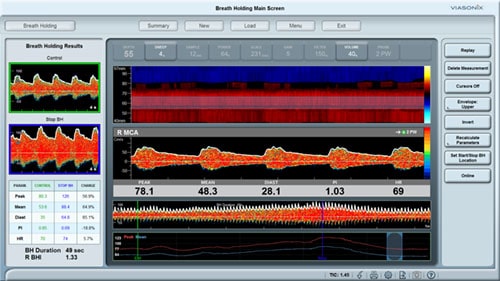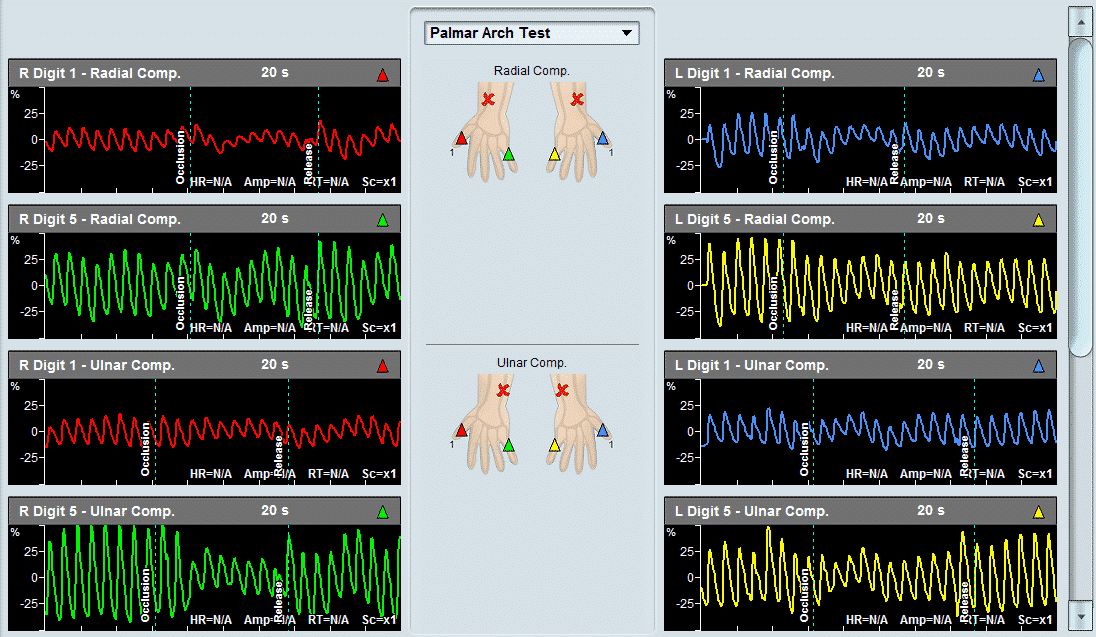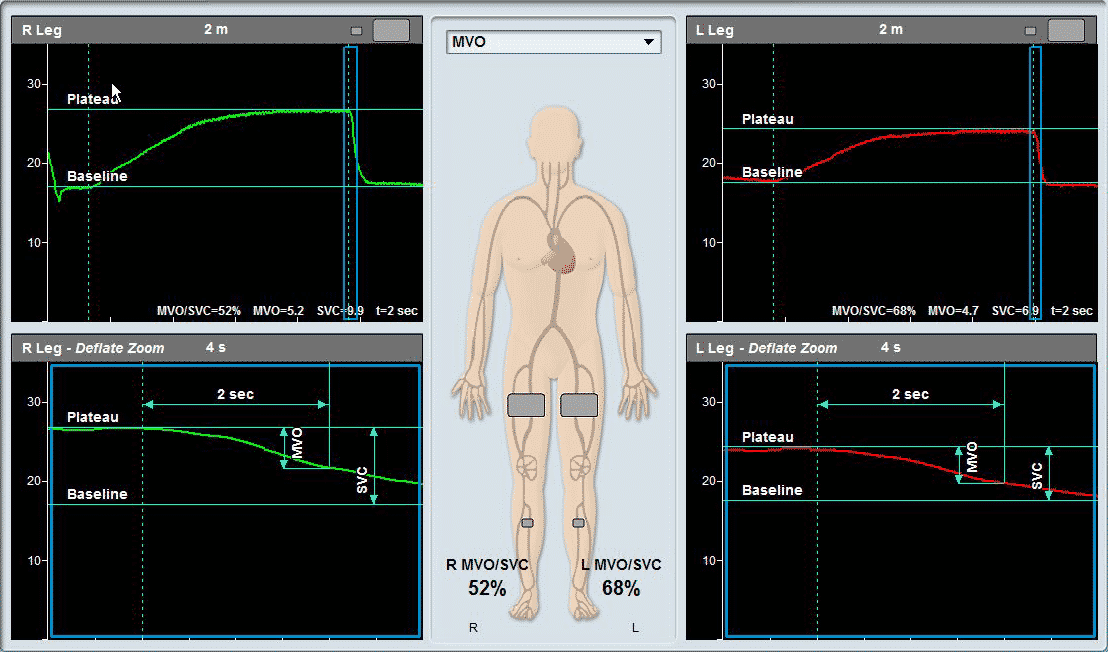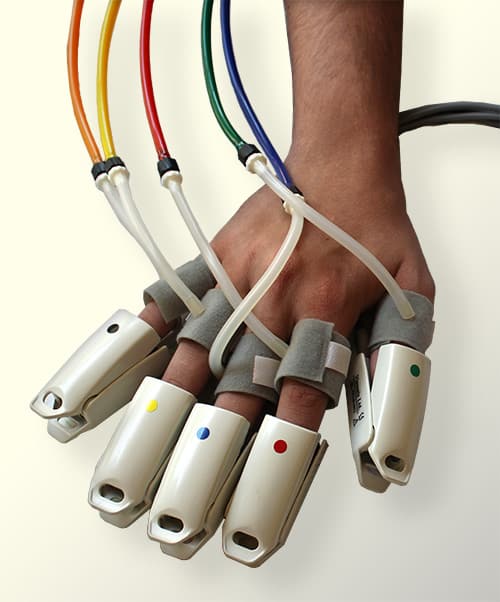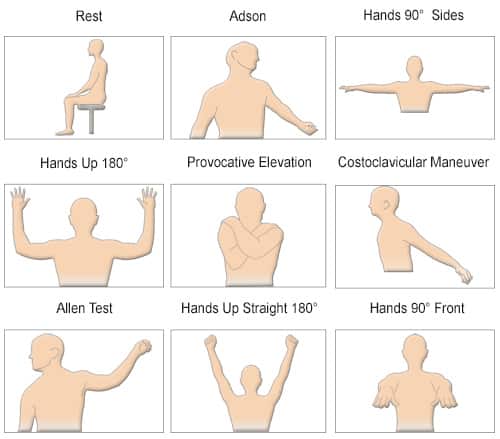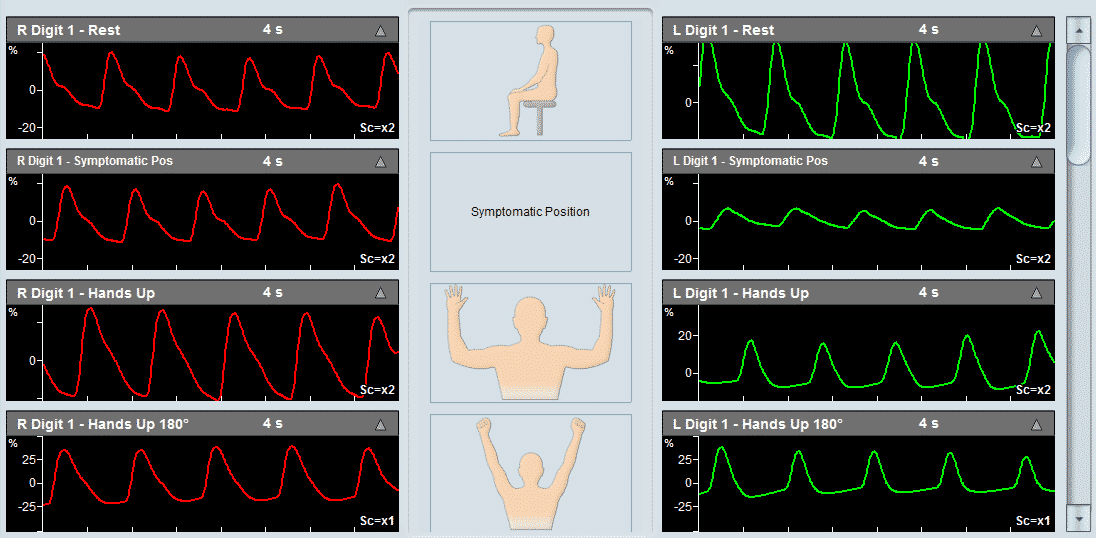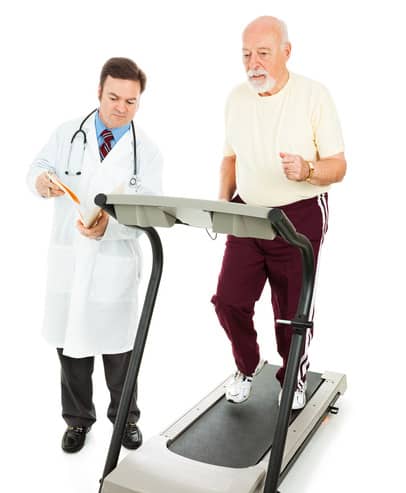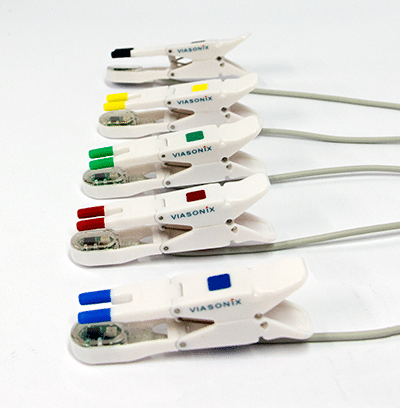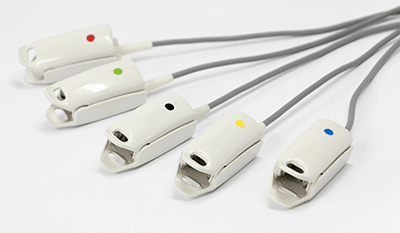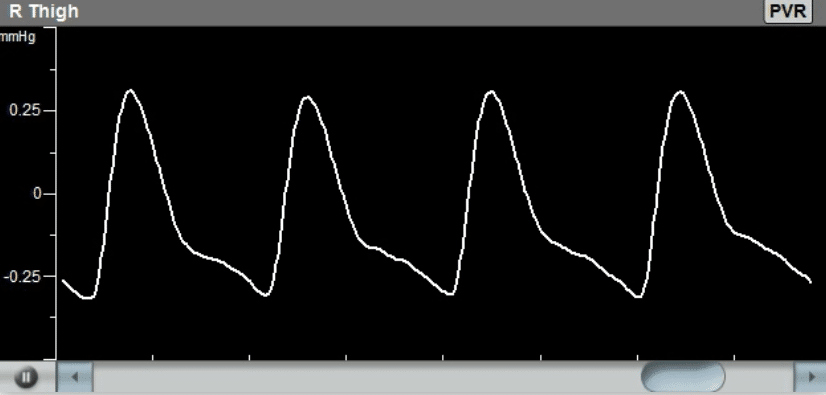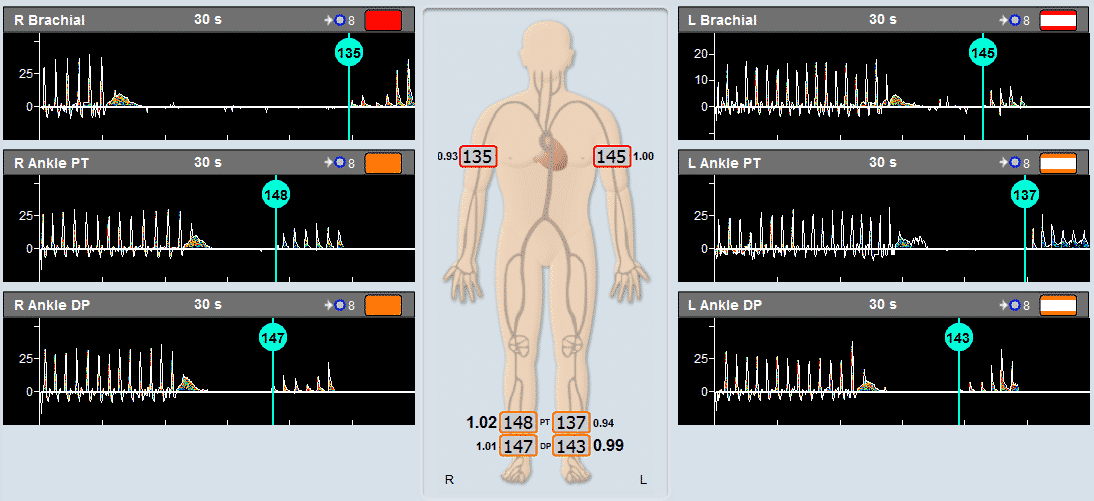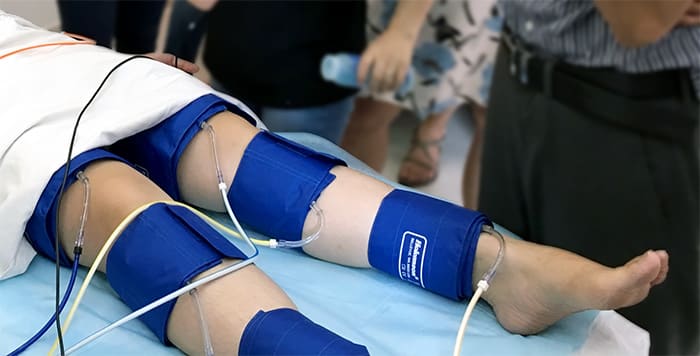There are a lot of people who do not have a proper idea on what the term PVD stands for. PVD refers to Peripheral Vascular Diseases. Peripheral Vascular Diseases are circulation disorders that affect blood vessels outside of the heart and brain. PVD typically strikes the veins and arteries that supply the arms, legs, and organs located below your stomach. These are the blood vessels that are distant from the heart, hence they are known as peripheral vessels.
In PVD, blood vessels become narrowed. Narrowing is usually caused by arteriosclerosis. Arteriosclerosis is a condition where plaque builds up inside a vessel. It is commonly referred to as “hardening of the arteries.” Consequently, plaque decreases the amount of blood and oxygen supplied to the arms and legs. As plaque growth progresses, clots may develop. This further restricts the affected vessel. Eventually, arteries can become obstructed.
PVD that develops only in the arteries is called peripheral arterial disease (PAD). This is the most common form of PVD. Approximately 12 to 20 percent of people over age 65 have PAD. PVD that develops in the deep veins in the body is usually caused from claudication and is called Deep Vein Thrombosis (DVT).
PVD and PAD are often used to mean the same condition that affects the arteries. PVD may also be referred to as:
- arteriosclerosis obliterans
- arterial insufficiency of the legs
- claudication
- intermittent claudication
How this disease is generated and how well it can be treated
PVD develops slowly, and symptoms of Peripheral Vascular Disease cannot be easily recognized until a thorough diagnosis is done. PVD increases with age and is often only diagnosed when an individual faces problem in various parts of the body due to reduction of blood flow. Some of the common symptoms which can be seen are cramps, weakness in the body, and numbness. Additionally, men can experience erectile dysfunction as there is insufficient blood flow inside the male organ.
Today with changing technology and science there are various kinds of Vascular Doppler systems and PPG Measurement Devices in Australia which are designed with the latest capabilities to identify possible Peripheral Vascular Disease. These devices not only diagnose the disease easily but also help in providing the best solution to the individual to lead a healthy and stress-free life.
Vascular Specialists conduct for their patients various Peripheral Vascular Examinations and accordingly, provide medications which can help in fighting these problems in a fast and accurate manner. It’s very important to consult your doctor and heed their advice so that the disease can be treated before it becomes a serious trouble.
For men who have to suffer through erectile dysfunction caused by PVD, tests can be done through Peripheral Vascular Laboratory Equipment. Doctors can also recommend medications. These medications automatically generate blood flow inside the male organ and see to it that the erection is strong enough to deliver them satisfaction as desired.
If diagnosed early, most cases of PVD will respond to lifestyle treatments. One way to measure improvement is to determine how far you can walk without pain. With effective treatment, you should be able to gradually increase the distance.
Contact your doctor if your symptoms get worse or you experience any of the following:
- your leg looks pale or blue
- your leg becomes cold
- chest pain accompanies leg pain
- your leg becomes red, swollen, or hot
- new sores or ulcers develop and do no heal
- you experience fever, chills, weakness, or other signs of infection
You can reduce your risk of developing PVD by having a healthy lifestyle. This includes:
- avoiding smoking
- controlling your blood sugar if you have diabetes
- setting an exercise goal of 30 minutes a day, three times a week
- working to lower cholesterol and blood pressure
- eating a healthy diet that is low in saturated fat
- keeping your weight at a healthy level
If you experience symptoms of PVD, talk to your doctor. Your doctor may also recommend testing if you are at risk for the disease. Early Peripheral Vascular examination, accurate diagnosis and treatment can keep symptoms to a minimum and may increase the effectiveness of your treatment.

